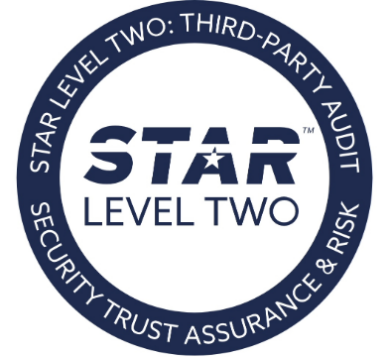The traits observed in an average office printer fleet from the early 2000s bear striking resemblances to present-day label printer fleets in end customer environments.
Often, the precise number of devices (or even an indication), as well as the variety of brands and models, remains unclear. Additionally, details regarding device age and technology are frequently unknown, with instances of outdated technology persisting within customer networks without (adequate) security measures. Such characteristics can profoundly affect business continuity, productivity, security, environmental sustainability, and the overall total cost of ownership.
Mark Kouwenberg, Director of Sales at MPS Monitor explains: “We have undertaken numerous interviews with mid- and large-sized end customers spanning various industries, posing straightforward inquiries such as ‘Are you aware of the quantity of label printers within your environment?’ ‘Does the company possess any insights into the security status of these network connected label printers?’ and ‘Is there information available regarding the technology age of the label printers?’ “The level of response varied between three times a straight ‘no’ towards indications like ‘we may have 5.000 label printers, but it could also easily be 7.500’. Most security related questions couldn’t be answered at all”.
Additional analyses revealed highly fragmented environments featuring a multitude of brands and a diversity of models, ranging in device age from 20 years to 1 year. Even within distinct product categories such as industrial label printers, desktop label printers, or wristband printers, standardization levels were very limited and showed the same fragmentation. However, the most notable observation was the utter lack of insight regarding security measures for network connected label printers.
Doesn’t this sound like the office print industry in the early 2000’s before the start of the Managed Print Services era?
The opportunity for Managed Print Service providers
In the modern landscape of business operations, efficiency and business continuity are paramount. From small-scale enterprises to large corporations, the need to streamline processes and maximize business continuity is ever-present. In this context, the integration of label printers into Managed Print Services (MPS) emerges as a game-changer, offering a range of benefits that significantly improves business continuity, security, operational workflows and reduces the total cost of ownership for the end customers.
Indicative Market size label printer market in Europe:
- DACH ~950,000 label printers
- West-and Northern Europe ~1,400,000 label printers
- Southern Europe ~1,600,000 label printers
- Eastern Europe ~1,500,000 label printers.
Label printers play a crucial role in various industries, facilitating the creation of high-quality labels for a multitude of applications. Label printers are much more business critical compared to office printers.
When integrated into the scope of Managed Print Services (MPS), label printers become seamlessly integrated components of the print infrastructure.
Testing the waters
Do you have customers in transport, logistics, warehousing, ecommerce, healthcare, or any of the other verticals where label printers are heavily used? A good way to start is having an open conversation with your customers about their fleet of label printers and their challenges. The logical next step would be an analysis of the existing label printer fleet.
Webinar
MPS Monitor organized two webinars for partners who are keen on exploring the opportunities in the label printer world. They were co-hosted with one of the label printer manufacturers to provide you with clear insights and device management possibilities. One took place on May, 31st and the other one, tailored specifically for American MPS Providers and office equipment dealers, took place on July, 11th. If you are interested in gaining some key insights on the market and listening to some expert advice, you can request the webinar recording here.



















